Hosta "Kiwi full monty": description, landing and care
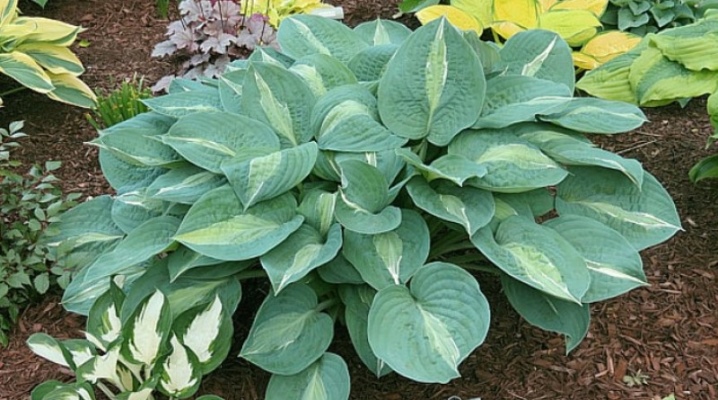
Hosta is a perennial herb that belongs to the Asparagus family. It is very diverse in size: there are both large specimens over 1 meter in height and dwarf bushes that do not grow taller than 10 cm.
In the wild, the hosta can be found in the shady forests of the Far East. It is currently a very popular garden plant. This is due, first of all, to its decorative leaves and undemandingness to bright lighting.
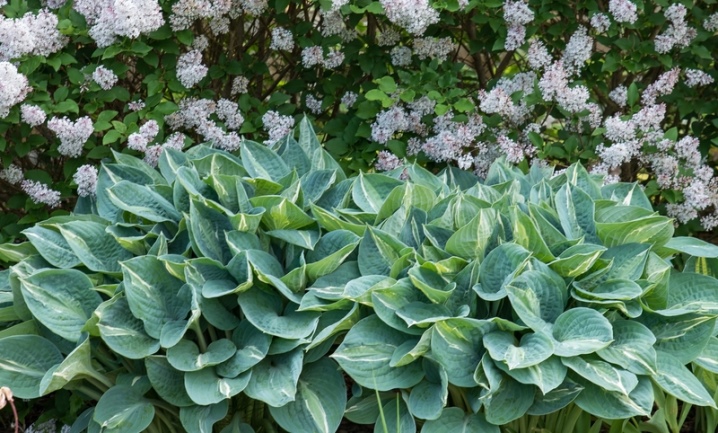
External characteristic
The hybrid host "Kiwi Full Monty" was registered as a separate variety in 2000 in New Zealand. The bush of this plant has a domed shape and grows up to 50 cm in height, and can reach 115 cm in width. The egg-shaped leaves of this hosta have a pronounced blue tint that does not change color all season. In the center of the leaf there is a light zone of the so-called chartreuse color, which is separated from the blue background by a thin white stripe. In adult plants, the leaves acquire a wrinkled surface with an average structure density.
In July, the Kiwi Full Monti hosta produces a peduncle about 50 cm long. It has funnel-shaped or funnel-bell-shaped flowers of a pale lavender hue, collected in a racemose inflorescence. Flowers without a pattern, they have no smell. In the description of the variety, it is noted that after flowering, Kiwi Full Monty does not produce seeds.
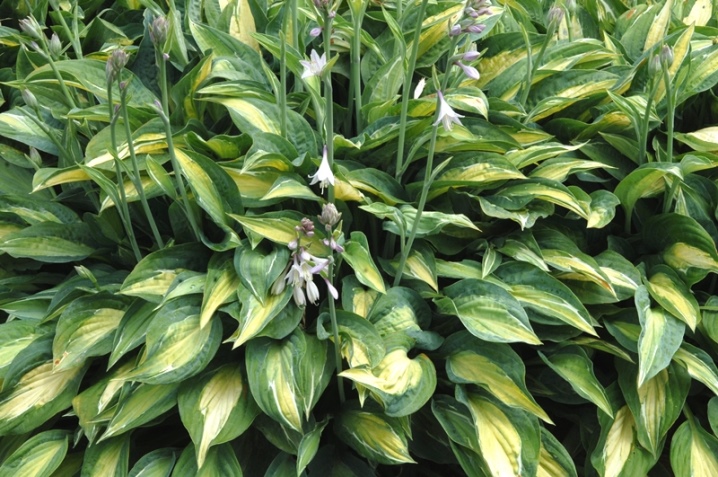
How to plant correctly?
Hosta "Kiwi full monty" prefers moderately shady places. Planting is carried out in late April-early May, when the leaves have not yet blossomed. Plants can be planted in autumn, early September. This host is generally not demanding on the composition of the soil, but it is better to plant it in moist, fertile soil with good breathable drainage. The site should be non-swampy and protected from drafts and strong gusts of wind.
Before landing the host, the earth should be carefully dug up. Then you need to make wide shallow holes at a distance of 30-40 cm from each other. It is necessary to put in the hole drainage from small pebbles or dry twigs mixed with bark. It is recommended to add a small amount of earth on top and fertilizers (e.g. ammonium nitrate and superphosphate). After that, the roots must be spread wide and sprinkled with earth, then the plant should be watered abundantly and mulched with bark or sawdust.
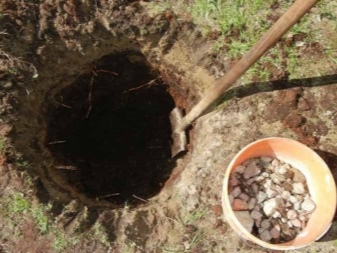

Growing recommendations
Despite the fact that the hosta "Kiwi full monty" is a rather unpretentious and fast-growing plant, please read the following care tips carefully.
- Watering. This variety loves frequent and abundant watering on hot summer days. But it is dangerous to flood the host, as it contributes to the development of a fungal infection. It is recommended to defend water. It is better to water the plant early in the morning, making sure that the water does not get on the leaves and does not wash off the protective wax coating.

- Top dressing. It is necessary only in the case of growing "Kiwi Full Monty" on poor, infertile soil. As a fertilizer, you can use mullein infusion with the addition of small portions of ammonium nitrate and potassium sulfate. It should be fed several times during the season: in April, at the end of May and in July.
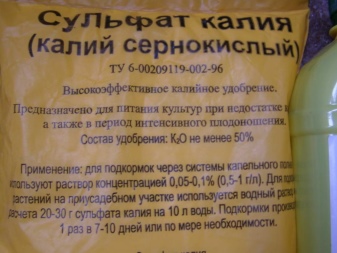
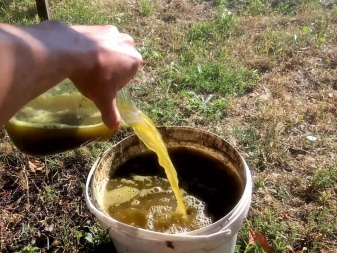
- Pruning and preparing for winter... Pruning should be done in the fall before the onset of frost.The peduncles should be carefully cut off; it is not recommended to remove the leaves. Rotten leaves and roots are best removed in spring after the snow melts. For the winter, the soil around the hosta must be carefully mulched with peat or cut grass. Falling snow can be used as additional protection.
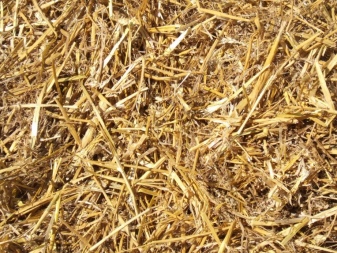
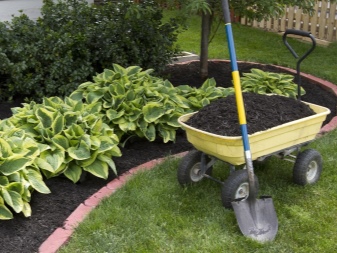
- Pest control. The main damage to the plant is caused by slugs and stem nematodes. The first ones can be lured into small bowls of poured beer, which are left at the roots overnight. It is also recommended to sprinkle small eggshells and shells on the soil around the hosta. Stem nematodes can be found with wide brown stripes on the leaves. Such leaves must be cut off, and the plant must be transplanted to a new place, processing the roots with a weak solution of potassium permanganate.
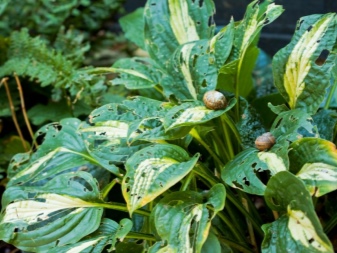
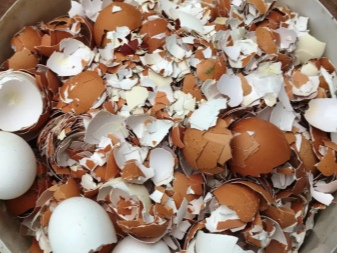
Use in landscape design
The Kiwi Full Monty host looks great in the front row of curbs. It effectively sets off semi-shaded areas with a bluish haze pleasing to the eyes. Looks good when planted in a container with gray walls.
Like many hosts, it looks organically with low conifers, daylilies, astilbe, ferns. Small hosts like Kiwi Full Monti are always ideal for alpine slides, rose gardens and compositions using stone.


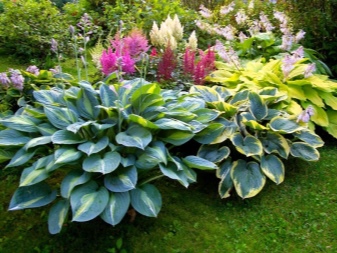
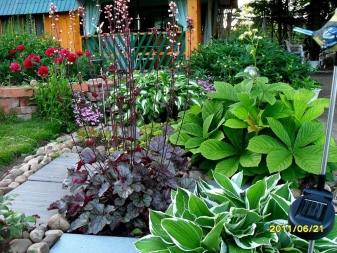
For information on how to plant a host, see the next video.







































































































The comment was sent successfully.